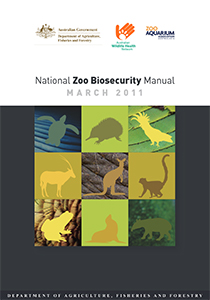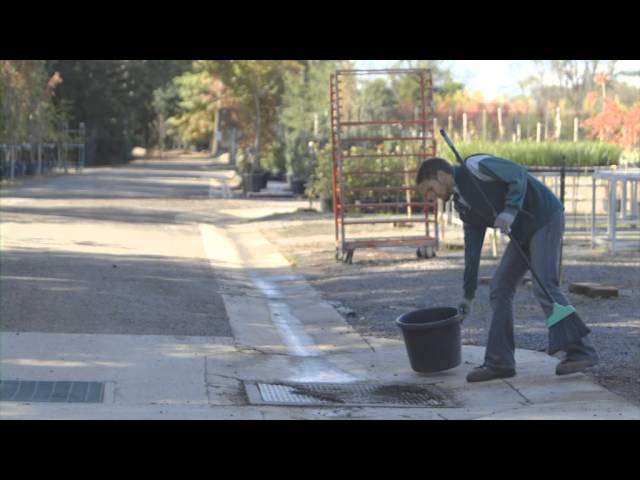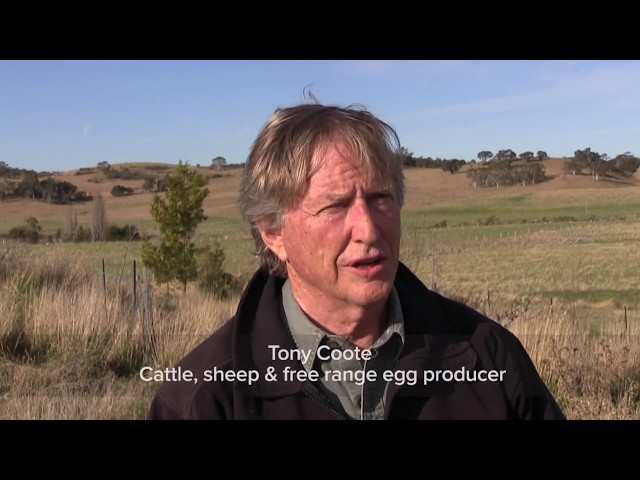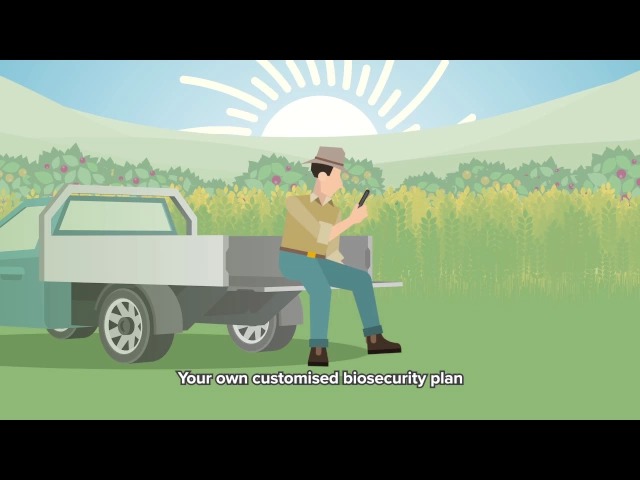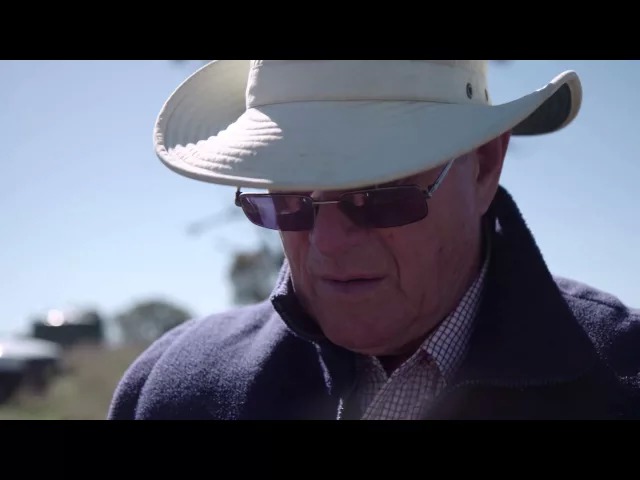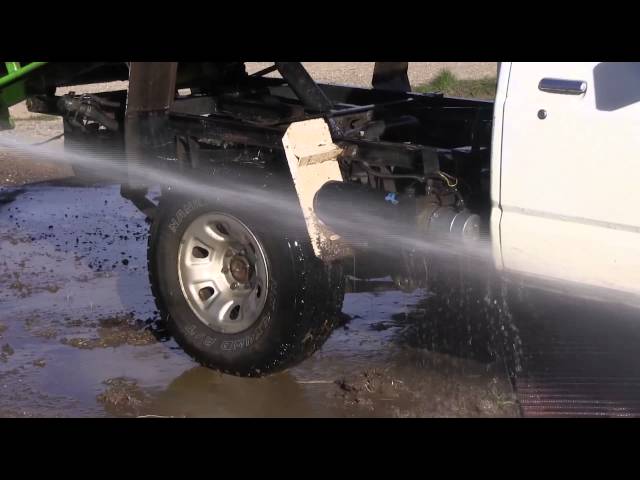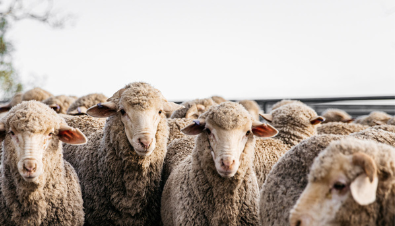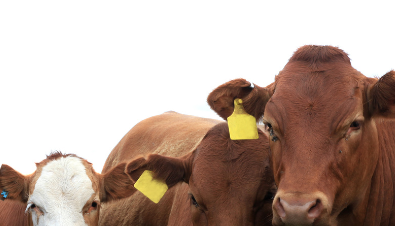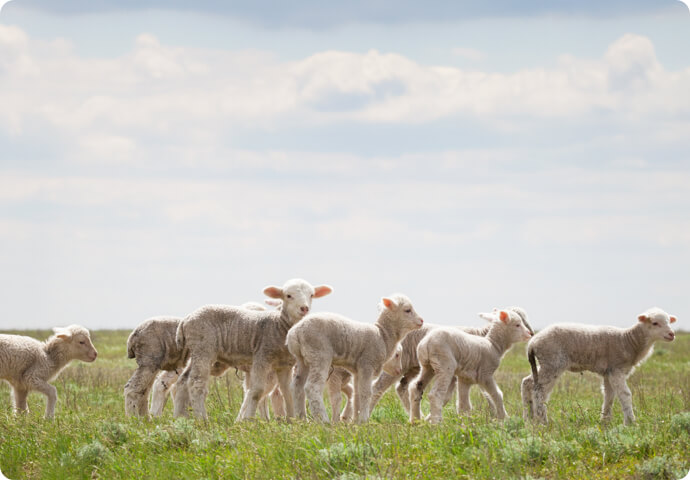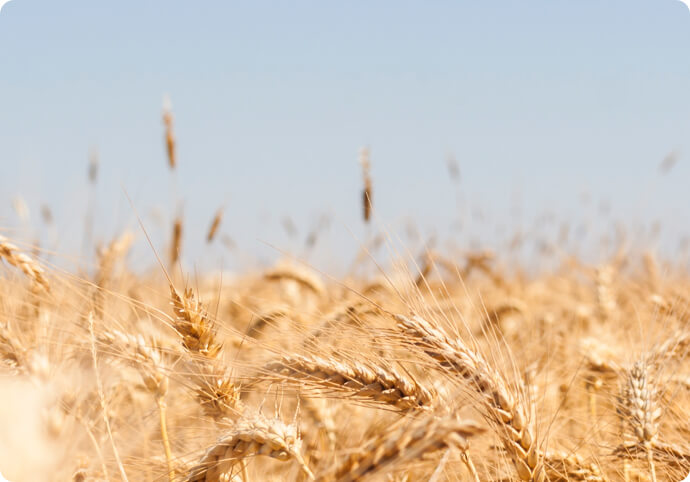The current best practice biosecurity measures for the Australian zoo industry are detailed in the National Zoo Biosecurity Manual. The manual is intended for use by individual zoos, including fauna parks, sanctuaries, aquariums and marine parks, holding native and/or exotic species, as a tool to help them to gauge their own biosecurity requirements and to assist them to develop a biosecurity plan suitable for their particular circumstances. The manual outlines both basic guidelines and higher level guidelines for all zoos.

